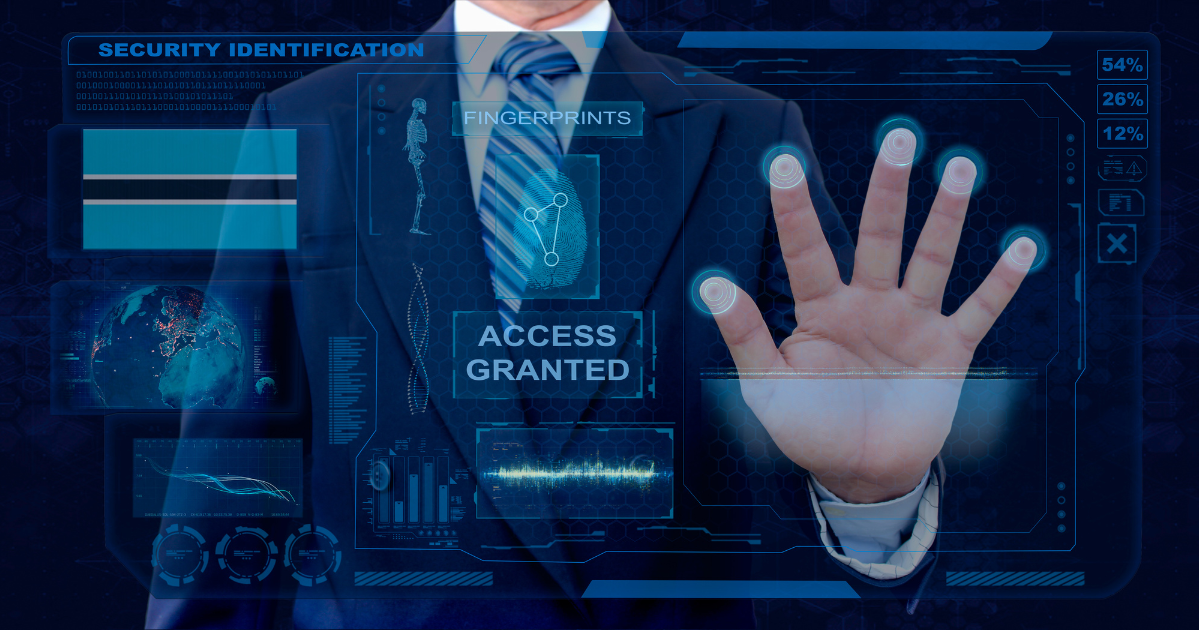Biometric authentication has been a hot topic in the cybersecurity realm, promising enhanced security through unique personal identifiers. But is it truly foolproof, or are there risks that could undermine its reliability?
The Current Landscape
Biometric authentication methods, such as fingerprint readers, facial recognition, and voice recognition, have become increasingly popular. Fingerprint readers, in particular, are known for their established performance metrics. Two key metrics used to evaluate these systems are:
- False Positive Rate: The probability that the system will incorrectly accept an unauthorized fingerprint.
- False Negative Rate: The probability that the system will fail to recognize an authorized fingerprint.
The ideal biometric system would have low false positive and false negative rates. However, achieving this balance remains a challenge across various biometric methods.
Challenges in Biometric Authentication
Despite the advancements, biometric authentication faces several hurdles:
- Complexity in Initial Setup: Acquiring the initial biometric data to create an authentication pattern for each individual is complex and time-consuming.
- Legal and Privacy Concerns: Storing, transferring, and using biometric data is fraught with legal challenges, making it harder to implement these systems.
But these are not the only issues. Emerging challenges are making it even more difficult to rely solely on biometric authentication.
Emerging Risks
- Exposure of Biometric Information: Biometric data is no longer as secure as we might think. Through social engineering, it is easy for malicious actors to obtain biometric data. For instance, our voice can be recorded during phone calls, and our facial features can be captured and shared on the internet.
- Advancements in AI: AI has advanced to a point where it can create realistic images or sounds that mimic our biometric patterns. These AI-generated artifacts can deceive biometric systems, making it hard to distinguish between genuine and fake biometric data.
- Privacy and Ethical Concerns: The widespread use of biometric authentication by governments and large corporations raises significant privacy concerns. The potential for surveillance without consent is a growing issue, leading to public reluctance to use biometric authentication for business purposes. Interestingly, while consumers are comfortable using biometrics on personal devices, they are wary of using the same technology for internet-based transactions.
The Future of Biometric Authentication
Given these challenges, it’s clear that while biometric authentication will continue to grow, its application will be limited to areas where a higher rate of false positives is acceptable. Such applications might include marketing, government intelligence, and low-security physical access. On the other hand, high-security applications like e-commerce and workforce authentication are unlikely to rely heavily on biometric authentication in the near future.
Biometric authentication holds great promise, but it is not without its risks. As we move forward, it’s crucial to address these challenges to ensure the reliability and security of biometric systems. At Soffid IAM, we continue to explore innovative solutions to enhance security while addressing privacy and ethical concerns.





